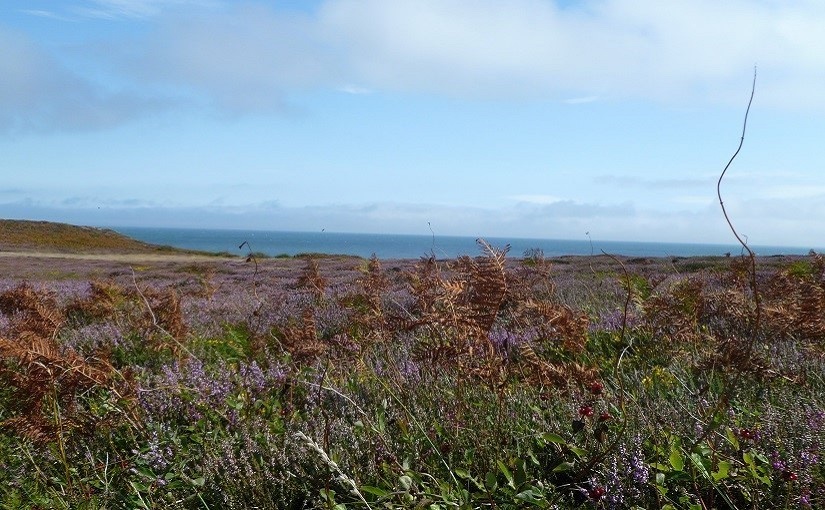It was amusing a few years back when British TV broadcast “Watership Down” over the Easter weekend; as if ‘anything’ featuring animated rabbits was bound to go down well at that time of year. I’d imagine though that it’s one of those films many have accidentally watched, forgetting quite how powerfully dark it was. But, all that aside, both the book and film surely convey some pertinent lessons to keep in mind?
Ultimately, it’s a story about survival, safety and freedom. Also, the position of individuals within their social grouping and the consideration offered for their gifts and insights as much as their age and relative weight, socially or physically. Essentially, about power structures and how well they serve the preservation of society as a whole and the respectful inclusion of everyone.
This sense of understanding your wider reality, trusting your ability to read the signs or listen to gut instincts, must be key to the survival of any community? Whether we’re talking rabbits, local government or national policies, the need to picture how things fit together and anticipate likely outcomes seems fairly essential to long-term, sustainable futures (see Notes One).
Which is why it’s seeming such a wonderful book for the modern day: running through all these potential social, political, interpersonal scenarios whereby individual or collective survival might be threatened externally or by misguided, risky or repressive methods of organising our lives. This way in which the characters must evaluate potential solutions, using the insights of each one, in order to create the reality they dream of.
It’s also an interesting allegory in that Fiver, in particular, is able to sense the darker intentions surrounding them: ways human activity threatens their safety; ways their own social frameworks might render them passive, compliant or complicit; or ways danger might be used as a justification for oppression from within. As an exploration of the ‘realities’ of communities of individuals existing within the bigger picture of their environment it’s fairly comprehensive and insightful.
Yet, in all this, it somehow manages to remain impartial. Although there are political comparisons to be drawn, and a nod to spiritual or religious attitudes to life, it keeps apart from the more divisive labels of the human world to focus instead on underlying ‘truths’ such as freedom, trust, listening, respect, courage (Notes Two).
And, on a completely separate – though possibly not unrelated – note, there’s real familiarity with nature that stands out through details of landscape, flora and fauna. Deep understanding and empathy for lived realities of the animal world seems almost quaint now, but the idea of living sympathetically alongside nature, rather than seeing it only from our perspective, is surely important for us as much as for them? (Note Three)
With fiction, I’m generally wanting ‘value’ to being immersed in an imaginary world: that it’ll add to my understanding of life, giving insight that’ll help in grasping things more clearly so constructive paths can be found. In many ways, this offers a great example of that.
Notes and References:
“Watership Down” by Richard Adams, (Penguin Books/Kestrel Books, GB), 1972. Film version written, produced & directed by Martin Rosen (1978).
Note 1: The philosopher stance
Note 1: Complexity of life
Note 1: Dystopia as a powerful ideal
Note 2: How we feel about society
Note 2: Freedom, what to lean on & who to believe
Note 2: Counselling, listening & social identity
Note 3: Nature speaks in many ways, do we listen?
Alongside this, The idea of self reliance also picked away at the threads of self, community, and what we all bring to life.

